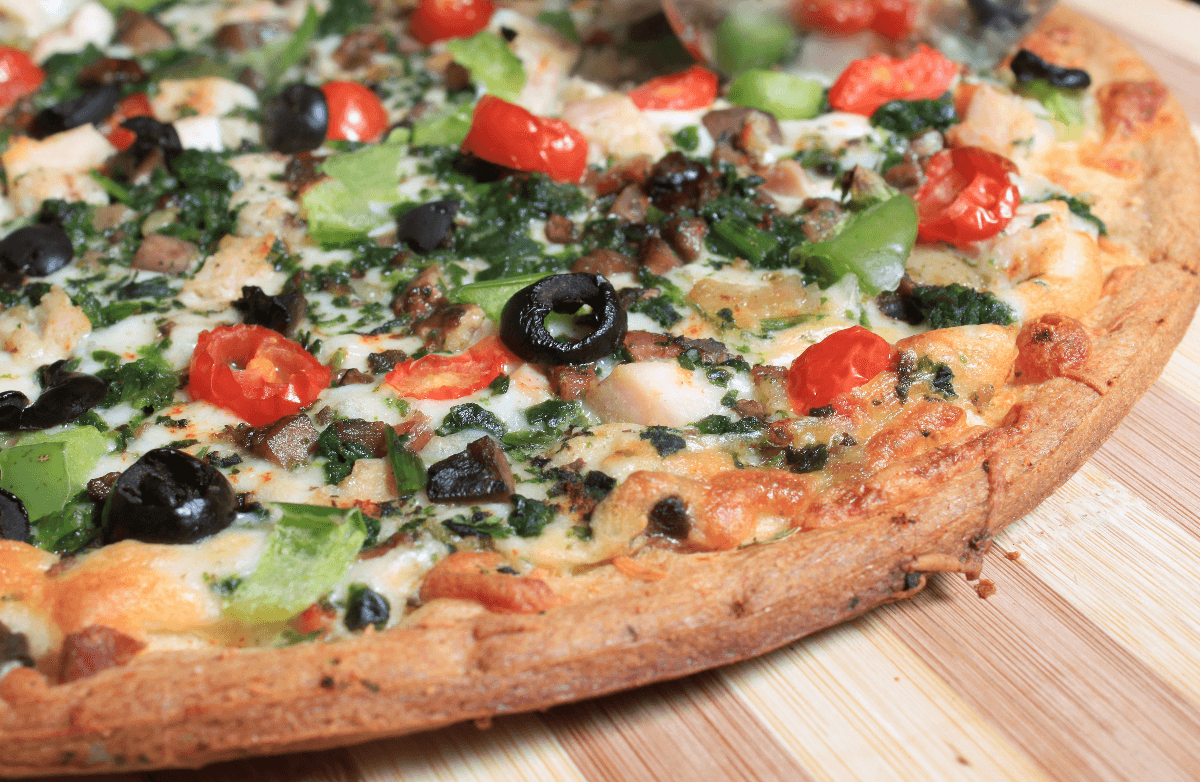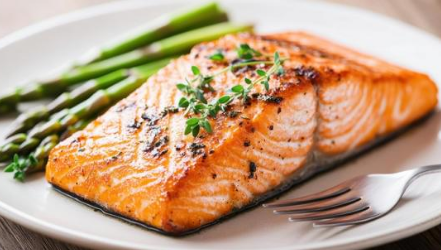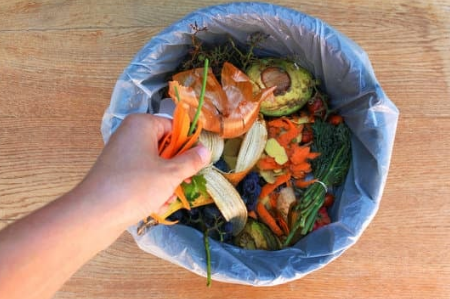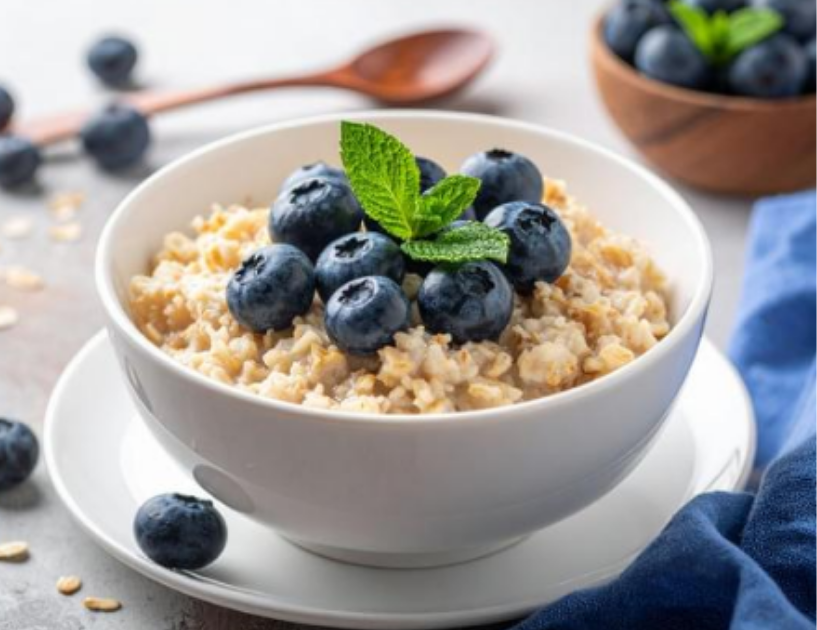Buying fresh produce is one of the best things you can do for your health, but nothing feels worse than opening your fridge to find wilted greens or moldy berries. To reduce waste and keep your meals fresh and flavorful, it’s essential to know how long different fruits and vegetables will last once you bring them home.
While proper storage is key (like refrigerating greens and keeping potatoes in a cool, dark place), knowing the approximate shelf life of your produce can help you plan meals and grocery trips more efficiently. Use this guide to help you prioritize what to eat first — and what can wait until later in the week.
Shelf Life Categories: What to Eat and When
Here’s a breakdown of common fruits and vegetables, sorted by how long they typically stay fresh when stored properly.
1–2 Days
These foods are highly perishable. Use them as soon as possible — ideally within a day or two.
Artichokes
Asparagus
Bananas
Basil
Broccoli
Cherries
Corn
Dill
Green Beans
Mushrooms
Strawberries
Watercress
Tip: These are great for early-week meals. Use them in stir-fries, salads, or smoothies.
2–4 Days
Slightly longer-lasting, but still best enjoyed within a few days.
Arugula
Avocados
Cucumbers
Eggplant
Grapes
Lettuce
Limes
Pineapple
Zucchini
Plan to eat these by midweek. Avocados and pineapples ripen quickly — check them daily!
4–6 Days
These fruits and vegetables are more forgiving and give you some flexibility in your meal planning.
Apricots
Blueberries
Brussels Sprouts
Cauliflower
Grapefruit
Leeks
Lemons
Oranges
Oregano
Parsley
Peaches
Pears
Peppers
Plums
Spinach
Tomatoes
Watermelon
Perfect for meals later in the week. Keep herbs like parsley and oregano in a glass of water to extend freshness.
7+ Days
These hardy items can last a week or more. They're great staples to keep on hand.
Apples
Beets
Cabbage
Carrots
Celery
Garlic
Hard Squash (e.g., butternut, acorn)
Onions
Potatoes
Store these properly to maximize longevity — many can last for weeks if kept cool and dry.
Grocery Planning Tips
Shop with a plan. Buy a mix of short- and long-lasting produce to spread meals throughout the week.
Prep perishables first. Chop, wash, or prep short-shelf-life items right away to encourage quick use.
Use visual reminders. Keep fragile items front and center in the fridge so you don’t forget about them.
Store smart. Use breathable produce bags, and know which items should be refrigerated and which shouldn't.
By understanding the shelf life of your fruits and vegetables, you can waste less, save more, and enjoy peak freshness every day of the week. Happy cooking!













